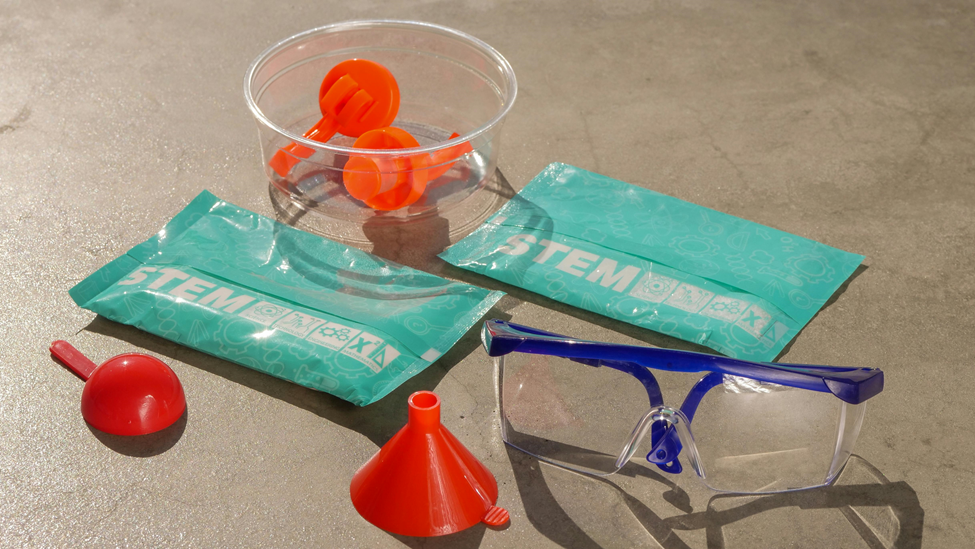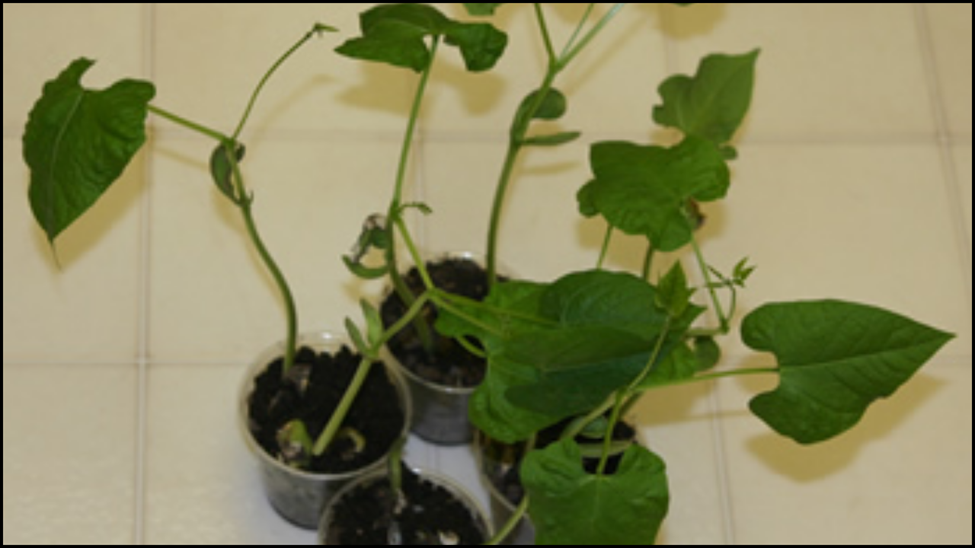The answer is a resounding yes! The notion that research is confined to laboratories or academic institutions is outdated. Thanks to readily available resources, the internet, and a growing community of citizen scientists, engaging in meaningful home research has never been more accessible. Whether you're a curious individual, a homeschooling parent, or someone looking to explore a new hobby, there are countless avenues for impactful home research.
Research at Home: A World of Possibilities
Home research can encompass a vast array of disciplines, from the hard sciences to social studies and humanities. It often leverages everyday objects, readily available data, or even just keen observation. For example, you could conduct research at home into:

1. Environmental Observations
Monitoring local weather patterns, tracking insect populations in your garden, observing bird migratory habits, or analyzing water quality in nearby streams. These forms of research contribute to larger datasets and can have real-world scientific impact.
2. Behavioral Studies
Observing pet behavior, analyzing human interaction patterns in public spaces (with ethical considerations for privacy, of course), or even conducting simple surveys among friends and family on specific topics. These qualitative home research projects can offer fascinating insights.
3. Consumer Science
Testing the effectiveness of different cleaning products, comparing the growth rates of plants under varying conditions, or even conducting taste tests of other food brands. This practical research can inform your daily decisions.

4. Historical and Genealogical Research
Delving into family history using online archives, transcribing old documents, or researching local historical events. This kind of research connects you to the past and helps preserve stories.
5. Linguistic Studies
Analyzing language patterns in online forums, studying dialects in your community, or even learning and documenting a new language. This intellectual research can be incredibly rewarding.
The key to successful home research is a curious mind and a structured approach. Just like professional research, it involves formulating questions, gathering information, analyzing findings, and drawing conclusions.
Purchase Research Kits: Kickstarting Your Home Research Journey
For those who prefer a more guided approach or want to delve into specific scientific fields, purchasing research kits can be an excellent starting point for your research. These kits often come with all the necessary materials and detailed instructions, making complex experiments manageable for beginners.

You can find a wide variety of research kits online and at educational supply stores:
1. Chemistry Kits
Explore acid-base reactions, crystal growth, or even basic chromatography. These kits are fantastic for hands-on learning and conducting chemical home research.
2. Biology Kits
Dissect preserved specimens (like a frog or cow eye, as some kits offer), extract DNA from fruits, or grow bacteria cultures (with proper safety precautions). These provide a tangible experience for biological home research.
3. Electronics and Robotics Kits
Build simple circuits, program small robots, or experiment with sensors. These kits are perfect for budding engineers and those interested in practical home research in technology.
4. Environmental Science Kits
Test soil pH, analyze water samples for pollutants, or set up mini-ecosystems. These support environmental home research and foster an understanding of ecological principles.

5. Forensics Kits
Learn about fingerprinting, DNA analysis (simplified), or chromatography to solve “mysteries.” This is a fun and engaging way to introduce you to scientific methodology through home research.
When you purchase research kits, ensure they are age-appropriate and come with clear safety guidelines, especially when working with chemicals or sharp objects. These kits transform abstract concepts into tangible experiences, making research both educational and entertaining.
Research Projects at Home: From Simple to Complex
The beauty of home research projects is their flexibility. You can start small and gradually increase the complexity as your skills and interests develop.
1. Beginner-Friendly Research Projects at Home
Beginner-friendly research projects at home might include:
a. Plant Growth Experiment
Investigating the effect of different light sources or water amounts on plant growth. This is a classic example of observational research.

b. Kitchen Chemistry
Exploring how baking soda and vinegar react, or making homemade slime to understand polymers. These are accessible and fun home research experiments.
c. Sound Insulation Test
Comparing how different materials dampen sound. This involves simple setup and data collection for effective research.
2. Advanced Research Projects at Home
More advanced research projects at home could involve:
a. Building a Mini Weather Station
Using affordable sensors and a microcontroller (like Arduino or Raspberry Pi) to collect and analyze local weather data. This is a step up in terms of technological research.
b. Developing a Simple App or Website
Addressing a personal need or interest, demonstrating practical coding skills and problem-solving through research.
c. Citizen Science Projects
Many established scientific organizations offer citizen science programs where you can contribute to real research from your home. This could involve classifying galaxies, analyzing medical images, or tracking wildlife sightings. These are structured opportunities for impactful home research. Websites like SciStarter or Zooniverse are excellent resources for finding such projects, allowing your research to contribute to global scientific endeavors.

The key is to define a clear question, establish a methodology, gather data, analyze it, and then present your findings, even if it's just for your personal learning. This structured approach elevates simple activities to genuine home research.
Find Home Research Topics: Fueling Your Curiosity
Finding compelling research topics often stems from everyday observations and questions. Start by looking around your house, garden, or neighborhood. What puzzles you? What are you curious about?
Here are some brainstorming strategies to find home research topics:
a. “What if…?” Questions
“What if I use different types of soil for my houseplants?” “What if I change the amount of sugar in this recipe?” These simple questions can spark fascinating research.
b. “How does…?” Questions
“How does the type of detergent affect stain removal?” “How does my Wi-Fi signal strength vary around my house?” These lead to investigative research.
c. Everyday problems
Is there something in your daily routine that could be more efficient or effective? Can you optimize something in your home? This problem-solving approach drives practical research.

d. Personal interests
If you love gardening, explore plant diseases or pest control methods. If you're into cooking, experiment with different ingredients or techniques. Aligning research with your passions makes it more enjoyable.
e. Online communities and forums
Explore science hobbyist forums, citizen science platforms, and educational websites. They often share ideas and challenges suitable for home research.
f. Scientific journals (accessible versions)
Many scientific publications offer summaries or articles that can spark ideas for simpler, analogous research projects.
Don't be afraid to start small and iterate. The process of exploring, questioning, and experimenting is the essence of home research.
DIY Science Kits and DIY Science: Unleashing Your Inner Scientist
The terms “DIY science kits” and “DIY science” perfectly encapsulate the spirit of home research. They emphasize hands-on learning, experimentation, and discovery using readily available materials.
DIY science kits (as discussed above) provide a structured way to engage in experiments without needing specialized lab equipment. They are a great entry point for younger learners or those new to scientific inquiry, providing a sense of accomplishment and a foundation for further research.

DIY science, on the other hand, is about pure improvisation and creative problem-solving. It involves using household items, repurposing materials, and designing your own experiments. Examples include:
- Building a Potato Battery: Demonstrating basic electrochemistry with common kitchen items for engaging research.
- Creating a Homemade Barometer: Observing changes in atmospheric pressure using a jar, balloon, and rubber band for simple meteorological research.
- Experimenting with Prisms and Light: Exploring the spectrum of light using a glass of water and sunlight. This visual research can be quite stunning.
The beauty of DIY science and home research is that it fosters critical thinking, problem-solving skills, and a deeper understanding of the world around us. It teaches that science isn't just for experts in white lab coats, but a fundamental way of understanding and interacting with our environment. Embracing home research means embracing a lifelong journey of learning and discovery.







